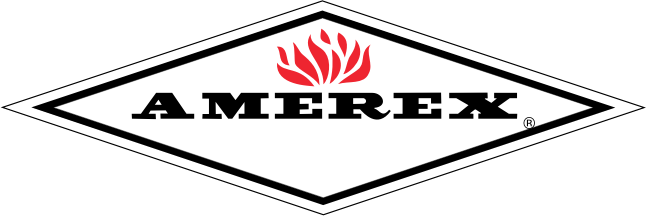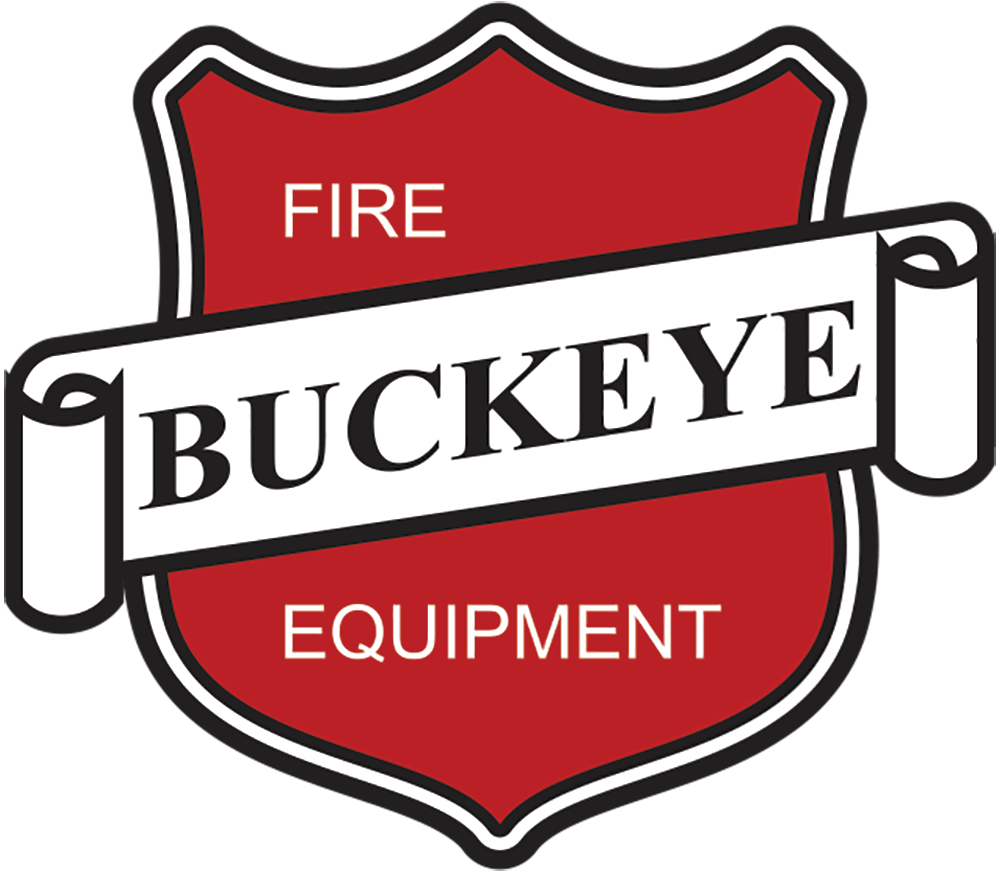Fire hydrants are critical components of safety infrastructure, designed to provide firefighters with immediate access to water during emergencies. However, these essential systems can develop leaks over time. Some facility owners with hydrants on their properties may not see this as a serious problem. But it is not something they should overlook. Read on to learn how dangerous a leaking fire hydrant can be.
Leaks Can Damage the Hydrant
When fire hydrants leak, the escaping water can cause severe damage to the hydrant mechanism itself. Water seeping from underground connections or above-ground components creates an environment that accelerates corrosion of metal parts, particularly affecting critical components like valves, stems, and connecting hardware. This deterioration can render the hydrant completely inoperable.
Over time, these issues compound, requiring extensive repairs or complete hydrant replacement. This may ultimately cost you thousands of dollars and leave you temporarily without adequate fire protection.
Leaks Can Hinder Firefighting Efforts

Perhaps the most critical danger of a leaking fire hydrant is its potential to compromise firefighting operations during actual emergencies. When hydrants leak consistently, they may not maintain adequate water pressure when firefighters need maximum flow capacity.
This pressure loss can make the difference between successfully containing a fire on your property and watching it spread to neighboring structures. Fire departments rely on consistent, powerful water flow to operate their equipment effectively, and any compromise in hydrant performance directly threatens their ability to protect lives and property.
Leaks Can Cause Erosion
If you choose to ignore a leaking fire hydrant, it can also cause severe erosion problems around its base and surrounding areas. The constant moisture softens soil, washing away supporting earth and creating dangerous sinkholes or unstable ground conditions. This erosion can damage sidewalks, roadways, and building foundations in the immediate vicinity.
When water seeps into the ground, it can also wash away soil supporting other underground utilities, potentially causing gas lines, electrical conduits, or water mains to shift or break. This damage can create additional safety hazards and require expensive repairs.
People May Slip on the Leaked Water
When water pools around leaking fire hydrants, it creates hazardous conditions for pedestrians. These slippery surfaces increase the risk of falls, potentially resulting in serious injuries and liability issues for property owners or municipalities responsible for hydrant maintenance.
However, this danger extends beyond simple puddles, as leaking hydrants often create continuously wet surfaces that may not be immediately visible to pedestrians. During winter months, this standing water can freeze, creating invisible ice patches that become persistent safety hazards.
Causes of Fire Hydrant Leaks
After learning how dangerous a leaking fire hydrant can be, you should also be aware of what causes the issue. Understanding these triggers will allow you to implement effective maintenance strategies and prevent potential leak hazards in the future.
Underground Issues
One reason why fire hydrants may leak is due to conditions beneath the surface of your property. Underground water line problems represent one of the most common causes of fire hydrant leaks. Shifting soil or ground settlement can stress the connection points between hydrants and main water lines, causing joints to separate or crack. People may not detect these underground issues until significant water loss occurs.
Aging water infrastructure can also compound these problems, as older connection methods and materials become more susceptible to failure over time. Tree root intrusion can also damage underground connections, gradually working into small cracks and expanding them into major leaks that require extensive excavation and repair work.
Hydrant Corrosion

Metal corrosion can affect fire hydrants, particularly in areas with aggressive soil conditions or high salt exposure from winter road treatments. This corrosion gradually weakens hydrant components.
By inspecting your hydrant, you can spot the initial signs of corrosion before they result in significant leaks. Still, some property owners may fail to provide their hydrants with preventive care until their problems become extremely obvious.
Broken Valves
Internal valve mechanisms within fire hydrants can fail due to age, debris accumulation, or improper operation, resulting in water leaks from various hydrant openings. These valves control water flow and pressure, and when they fail to seal correctly, water continues flowing even when the hydrant should be completely shut off.
Valve stem packing, which creates watertight seals around moving parts, commonly deteriorates over time and requires replacement to prevent leaks. Additionally, debris in the water system or improper closure techniques can harm valve seats, preventing complete shutoff and causing persistent leakage.
Poor Installation
Improper installation techniques during initial hydrant placement or subsequent repairs can also result in leaks. Inadequate joint preparation, incorrect torque specifications, or the use of inappropriate sealing materials can create weak points that fail under normal operating pressures.
Installation errors may not become apparent immediately, as some problems manifest only after hydrants experience thermal cycling, ground movement, or pressure variations over time. However, by following the hydrant’s specifications, you can prevent these issues and ensure long-term reliability.
Car Accidents
When vehicles collide with fire hydrants, they can cause immediate and often severe damage that results in massive water leaks and complete hydrant failure. These accidents can shear hydrants completely from their underground connections, creating geysers that flood surrounding areas and leave neighborhoods without fire protection.
Even minor vehicle impacts can damage hydrant components enough to cause leaks without destroying the unit. These impacts may crack casings, damage valve mechanisms, or shift underground connections, creating problems that may not be immediately apparent but result in persistent leaking and reduced functionality.
Now you know how leaking fire hydrants can be a greater danger to you and others than they may initially appear to be. When you encounter a leaking hydrant on your property, contact qualified fire protection professionals immediately. They will be able to assess the situation and restore these critical safety systems to their proper working conditions.
One company qualified to provide a wide range of fire hydrant services is Hedrick Fire Protection. In addition to repairing or installing new hydrants, we can inspect them to verify they are in good condition. Call us today to ensure your hydrants are dependable before a fire-related emergency occurs on your property.



